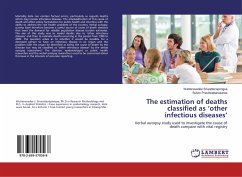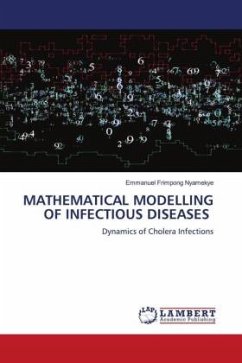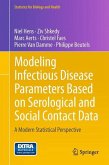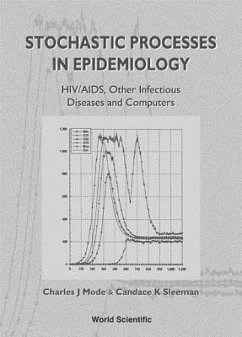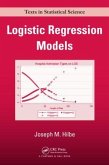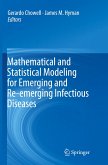Mortality data can contain factual errors, particularly as regards deaths which may involve infectious diseases. The misclassification of this cause of death will affect policy formulation for public health and interfere with the ability to address the real health problems of the country. Verbal autopsy surveys have therefore become a useful source of cause of death statistics that meet the demand for reliable population disease burden estimates. The aim of this study was to model deaths due to 'other infectious diseases' and then to estimate deaths occurring in the period from 1996 to 2009. The question arises as to whether it would be possible for a deceased person to have an infectious disease in an organ and the problem with the organ be identified as being the cause of death by the clinician but may be classified as "other infectious disease" by the verbal autopsy researchers? The clinician, epidemiologist or public health researcher and the verbal autopsy researchers need to be concerned about this issue in the interests of accurate reporting.
Bitte wählen Sie Ihr Anliegen aus.
Rechnungen
Retourenschein anfordern
Bestellstatus
Storno

